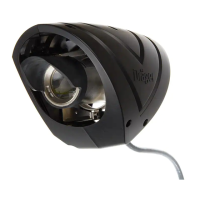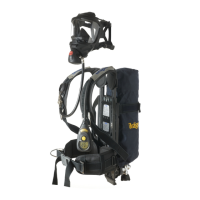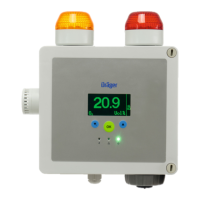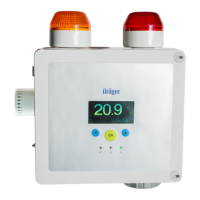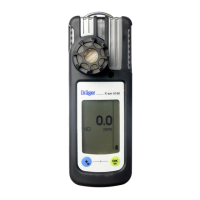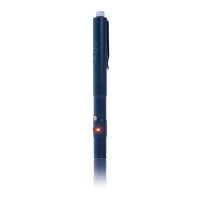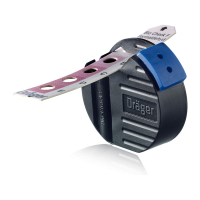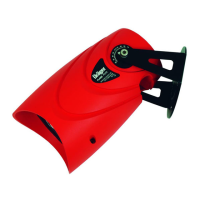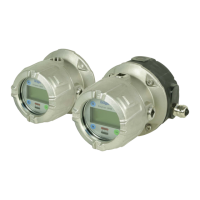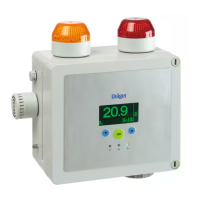
Do you have a question about the Dräger PointGard and is the answer not in the manual?
| Power Supply | 24 VDC |
|---|---|
| Sensor Type | Electrochemical, Infrared, Catalytic |
| Output Signal | 4-20 mA, Relay |
| Enclosure | Aluminum |
| Approvals | ATEX, IECEx |
| Detection Principle | Electrochemical, Infrared Absorption |
| Detection Range | Depends on target gas |
| Battery Life | N/A (Requires external power) |
| Dimensions | Varies by model |
| Weight | Varies depending on the model |
| Protection Class | IP66 |
| Target Gas | Various (Combustible gases, toxic gases, and oxygen) |
Covers general installation, use of remote sensors, and accessories for easier setup.
Recommends mounting at eye level for gases like CO for optimal testing and readability.
Advises higher mounting for lighter gases that accumulate at the top of spaces.
Recommends sensor placement near the floor for heavy gases that sink and concentrate.
Suggests placement above heat sources where airflow patterns concentrate gases.
Explains testing at exhaust air vents for gases in forced ventilation environments.
Details using remote sensors for pre-entry testing of hazardous gases in confined spaces.
